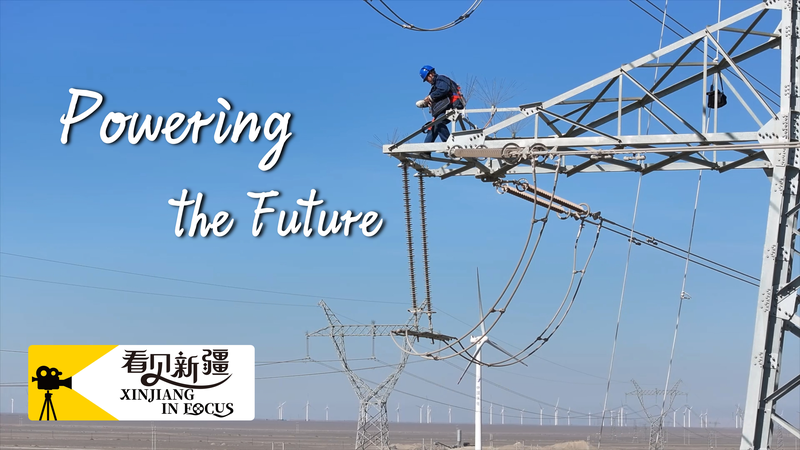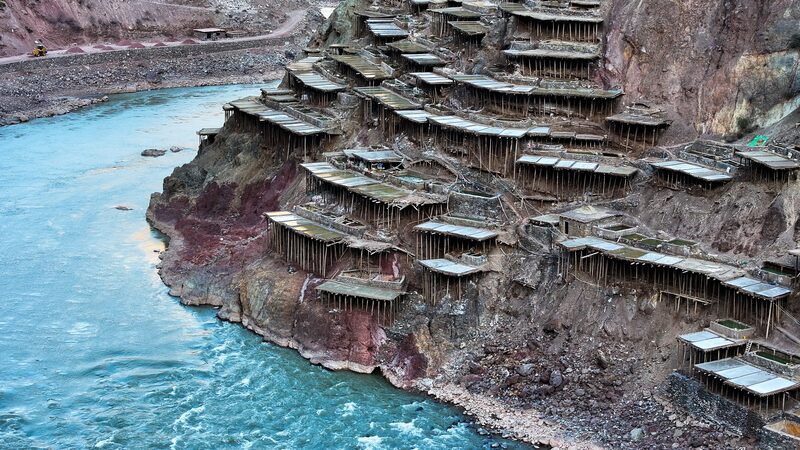In the vast, wind-swept deserts of Xinjiang, engineers are scripting a modern marvel of energy infrastructure. The Hami-Chongqing ±800 kilovolt ultra-high voltage direct current (UHV DC) transmission project – stretching 2,290 kilometers across five provincial regions – is redefining how China powers its economic heartlands while harnessing renewable potential.
Harnessing Harsh Landscapes
Starting in Hami, where annual wind speeds reach 20 meters per second and summer temperatures hit 45°C, workers battle swirling dust storms to erect transmission towers. One engineer describes securing foundations in shifting salt flats as "building on quicksand," requiring specialized concrete mixtures that harden within 90 minutes.
Engineering Against the Elements
The route's most treacherous section crosses the Tianshan Mountains, where crews use helicopters to airlift construction materials to slopes with 60-degree inclines. Advanced vibration dampeners protect towers from earthquake risks in Gansu province, while Sichuan's humid climate demands anti-corrosion coatings thick enough to last decades.
A Clean Energy Corridor
When operational, this UHV DC line will transmit 12 gigawatts annually – enough to power 50 million homes – from Xinjiang's wind and solar farms to Chongqing's manufacturing hubs. Analysts predict it could reduce coal consumption by 30 million tons yearly, aligning with China's dual carbon goals.
As night falls over Hami's construction site, the glow of welding torches mirrors distant city lights waiting to be powered – a testament to human ingenuity bridging China's geographical extremes.
Reference(s):
cgtn.com








